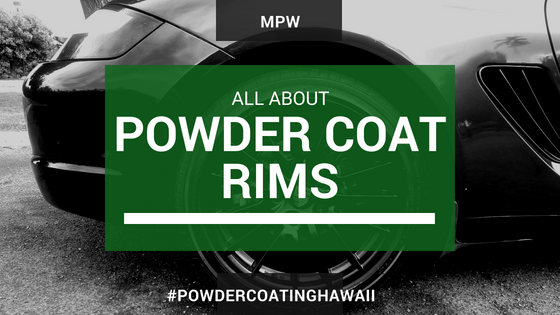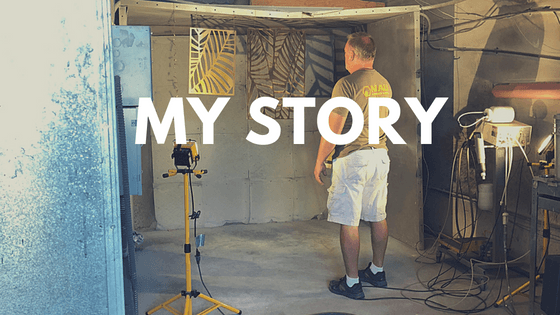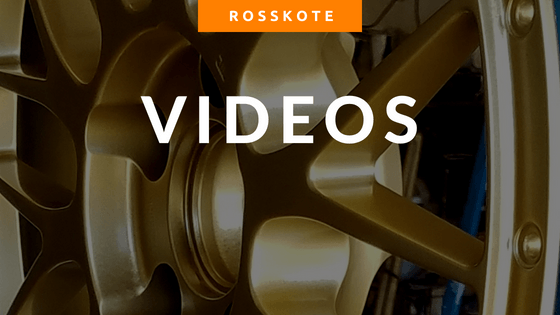The Process
The basic process of powder coating is pretty straightforward. All types of metal can be powder coated such as alloys, aluminum, steel, iron, etc. If you have a new metal project you can sometimes by-pass the 1st step. Your powder coater will be able to make this determination.
1. Blast It
Sandblasting is the best way to prep a metal surface in need of restoration. The point of blasting is to remove any mil-scale rust and rough up the surface prior to coating. It also removes dirt, grime, and corrosion. Existing paint or powder coated finishes may require a chemical stripping first before the blasting process can begin. This can saves time and keeps blasting to a minimum.
2. Prep It
Prepping consists of applying a metal prep chemical solution to neutralize surface impurities, cleaning off any lingering debris and prevent rust and corrosion.
Depending on the type of metal there are several kinds of solutions your powder coater can use to enhance the surface before coating. If this is a concern for you make sure to ask your powder coater about what they will be using; this is a step that should not be missed.
3. Powder It
When fully prepped and dry your metal project will be ready for powder coating.
The coating itself is done through an electrolysis process, whereby, the metal object is positively charged in order for the powder to be attracted to it and bond well during the next stage.
There are many colors and brands of powder to choose from depending on the needs of the customer and the end use of the project. There are outdoor rated and interior only rated colors and powders. Some powders require clear coats which could add to an increase in costs.
4. Cure It
The cure times for metal can range depending on how long it takes the oven to get to temp and the size of the oven.
Typically degrees ranging from 250(low cure) to 400 are required for the powder to heat up enough to bond. Once the right temp is achieved it takes 15-30 minutes for your metal part to achieve this state.
A coater’s oven should evenly displace the heat so that your part is heated throughout for the curing process to be done correctly.







